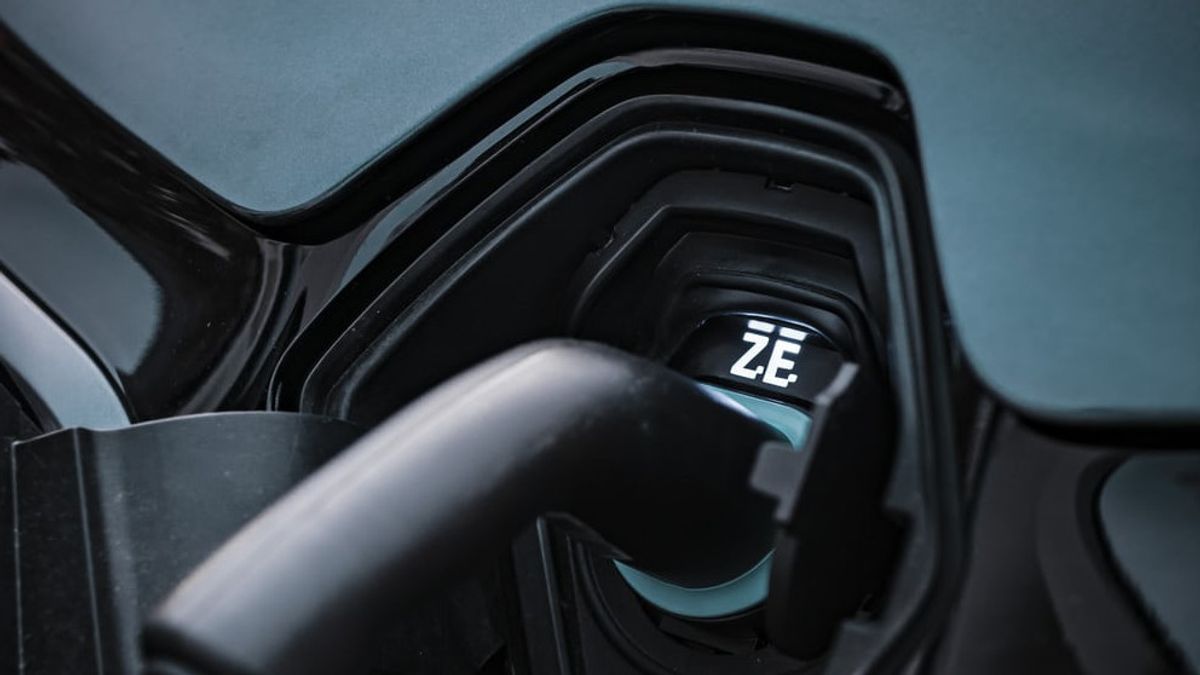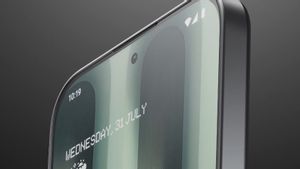JAKARTA - NASA is reportedly partnering with Japanese auto giant Nissan on a computational approach to develop a solid-state battery that doesn't rely on rare or expensive metals. It is claimed, the result will change the electric car industry.
With this collaboration, NASA hopes to create a battery that has a much higher energy than lithium-ion batteries, which are currently found in most electronics, from cell phones and laptops, to electric scooters and electric cars.
It is known that solid-state batteries are a promising alternative to lithium-ion due to their superior energy density, lower cost, and potentially much shorter charging time.
"Both NASA and Nissan need the same type of battery," said Nissan vice president Kazuhiro Doi.
Nissan envisions using them in everything from family sedans to pickups, and is not alone in trying to unlock their potential.
The all-solid-state battery takes up half the space of a lithium-ion battery and will be fully recharged in just 15 minutes rather than a few hours. It is also important not to lose capacity over time or experience safety issues, such as burning.
"Instead of taking the battery off the shelf, we decided that we needed to develop the battery from scratch," said NASA researcher Rocco Viggiano as quoted by The Independent, Tuesday, April 12.
“Solid-state sulfur-selenium batteries are cool to the touch and do not burn. It has a slimmer profile than lithium-ion batteries and has better energy storage. It could take a beating and still operate, often under less than ideal conditions."
Nissan's prototype production facility for solid-state batteries will be housed at its research center in Kanagawa, just south of Tokyo. A pilot launch of the new battery is planned for 2024, before full production begins in 2028.
Nissan and NASA partnership, also involves researchers from the University of California, San Diego, USA. NASA has previously worked with automakers to develop its own vehicles, including the electric-powered Moon Buggy that astronauts rode on the Moon during the Apollo missions.
GM is also working with Lockheed Martin to develop a manned lunar rover for the upcoming Artemis program, which will see humans return to the Moon for the first time in more than 50 years.
The English, Chinese, Japanese, Arabic, and French versions are automatically generated by the AI. So there may still be inaccuracies in translating, please always see Indonesian as our main language. (system supported by DigitalSiber.id)













